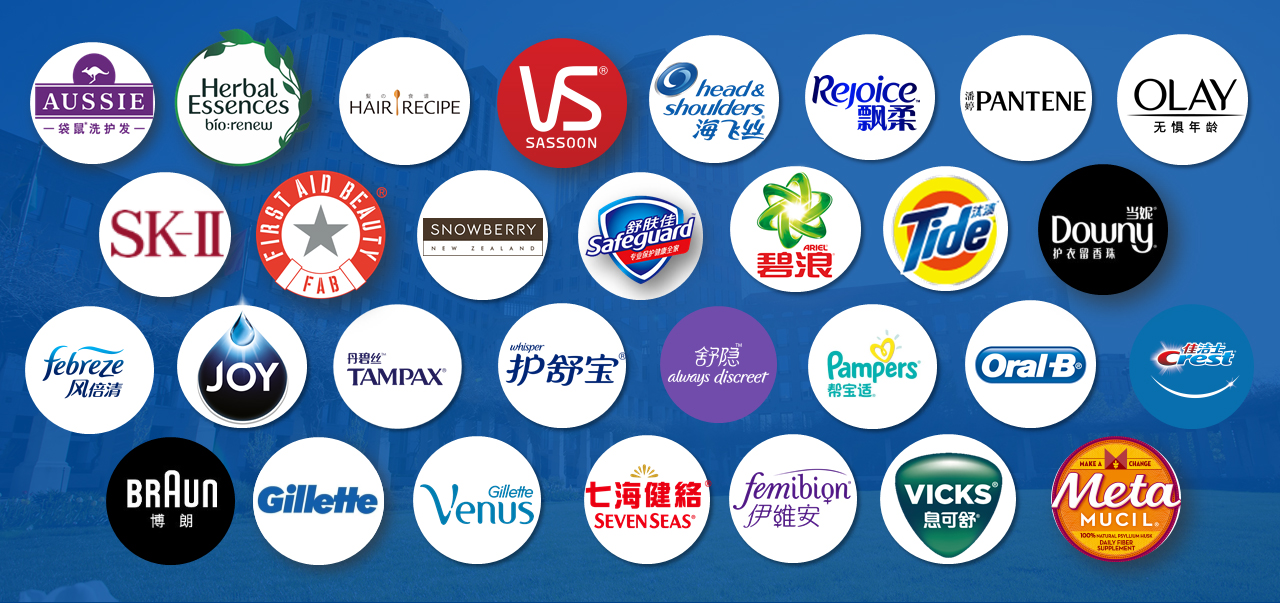AI
1. Customer Background
Industry Overview:
Japan has the world’s most severe aging population, with over 28% of its population aged 65 or older (2023 data). Elderly care facilities face challenges such as staff shortages, low operational efficiency, and difficulties in real-time safety monitoring.
Customer Pain Points:
Traditional nursing homes rely on manual checks and paper-based records, leading to:
Inability to track elderly residents in real time, delaying emergency responses.
Inefficient management of resources (e.g., medication, meals).
High workload for caregivers with no quantifiable performance metrics.
2. Demand Analysis
Core Requirements:
Safety Monitoring: Real-time location tracking to prevent wandering or falls.
Resource Optimization: Automated management of medicine, equipment, and meals.
Efficiency Improvement: Reduce repetitive tasks for caregivers through data-driven decisions.
Privacy Compliance: Adherence to Japan’s Personal Information Protection Act (PIPA).
Technical Requirements:
High-precision, low-power RFID tags.
Integration with existing systems (e.g., ERP, care records).
Anti-interference capability (stable performance near metal/water).
3. RFID Solution Description
3.1 System Architecture
Panasonic employs a hybrid UHF RFID + Active RFID solution:
Hardware Layer:
Wearable RFID Tags: Embedded in bracelets or clothing, waterproof/shockproof, with SOS buttons.
Fixed Readers: Installed in doorways, hallways, and activity areas for real-time positioning.
Handheld Terminals: Caregivers use Panasonic TOUGHBOOK tablets with built-in RFID scanners for quick resource tracking.
Software Layer:
Panasonic IoT Cloud Platform: Analyzes RFID data, generates heatmaps of resident activity, and alerts for anomalies (e.g., prolonged bathroom stays).
Family APP: Allows authorized relatives to view daily reports (e.g., walking time, medication logs).
3.2 Key Application Scenarios
Resident Tracking & Safety:
RFID signal triangulation (RSSI) enables 1–3m precision; alerts trigger if residents enter restricted zones (e.g., staircases).
Fall detection: Tags with accelerometers send alerts and activate cameras for verification.
Medication Management:
RFID-equipped cabinets log medication access time/dosage to prevent errors.
Smart Meal Delivery:
Meal carts with RFID scanners confirm dietary preferences (e.g., diabetic meals) and track consumption.
3.3 Technical Advantages
Panasonic Proprietary Technologies:
Anti-Collision Algorithm: Reads 200+ tags/sec, ideal for high-density environments.
Low-Power Design: Tags last up to 5 years, minimizing maintenance.
Compliance:
Meets Japan’s JIS X 6321 and global *ISO/IEC 18000-6C* standards.
4. Implementation Results
Efficiency: 40% reduction in caregiver patrol time; 90% fewer medication errors.
Safety: Zero wandering incidents; emergency response time under 30 seconds.
Data Insights: Long-term activity analysis optimizes facility layouts (e.g., adding seating in high-traffic areas).



Validate your login